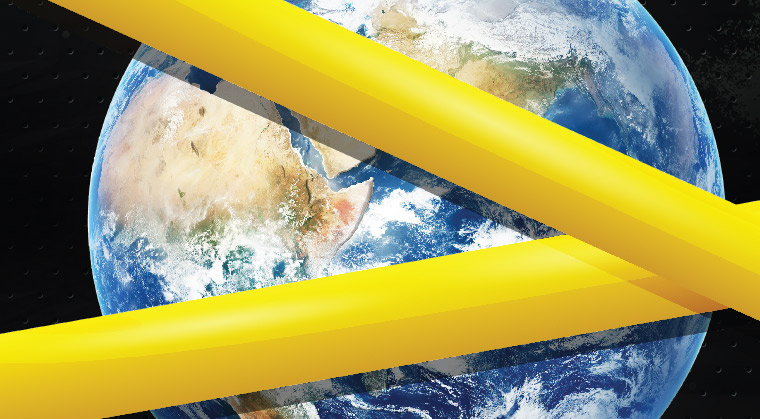The Strength of Sanctions


All about Sanctions
What does the word “sanction” mean? It has two meanings that are opposites of each other: It can mean approving something and allowing it, but it can also mean forbidding something and punishing anyone who does it. Your principal can sanction the school trip to the mountains, which means he gives permission, or he can threaten to sanction anyone who goes, meaning that he will give them a punishment (sanction).
Sanctions are often used by governments as a tool to control other countries instead of declaring war against them. That would be really expensive and very bad for both countries. That’s where sanctions come in.
History of Sanctions
Countries have been using sanctions against each other for a long time. The first recorded sanctions were made over 2,000 years ago when the Athenian Empire imposed sanctions on the country of Megaria. Apparently, Megaria had protected slaves escaping from Athens. To punish the Megarians, the Athenian Empire banned Megarians from ports and markets across the Empire. That caused lots of financial problems for Megaria. In the end it led to a huge war, which actually broke up the Athenian Empire.
In the 19th century, European pacifists (people who don’t believe in war) discussed creating an organization, made up of lots of countries, that could make international decisions. The word “sanctions” was first used at these conferences as a political idea, but nothing was actually done until 1918. After the First World War, the League of Nations was born. The League was basically a group of countries who wanted to use sanctions on aggressive countries, like Germany, to prevent another war happening. But they didn’t have enough power to enforce the sanctions. They failed to stop Italian dictator Mussolini invading Ethiopia in 1935, and then the Second World War broke out in 1939. The League of Nations realized they had failed, and was disbanded.
The United Nations
From the ashes of the League of Nations was born a new organization — the United Nations.
After the Second World War, the world wanted peace. In 1945, 51 countries gathered in San Francisco to sign the original charter of the United Nations. The charter was the official document that stated the purpose and goals of the United Nations.
Today, the UN has 193 members. According to its charter, the UN’s aim is to take action on international issues such as peace and security, climate change, human rights, terrorism, and health emergencies. That’s quite a job they set themselves!
The Security Council is a branch of the UN. Its job is to maintain international peace. To do that, it sometimes applies sanctions on countries that are not following its decisions. The Security Council has 15 members. Each member gets one vote. The UN charter states that all members have to obey Security Council decisions. But there’s a lot of criticism of the UN. Many people say that the five permanent members of the UN — China, France, Russia, the United Kingdom, and the United States, have too much power and dominate the UN.
(Excerpted from Mishpacha Jr., Issue 730)
Oops! We could not locate your form.

